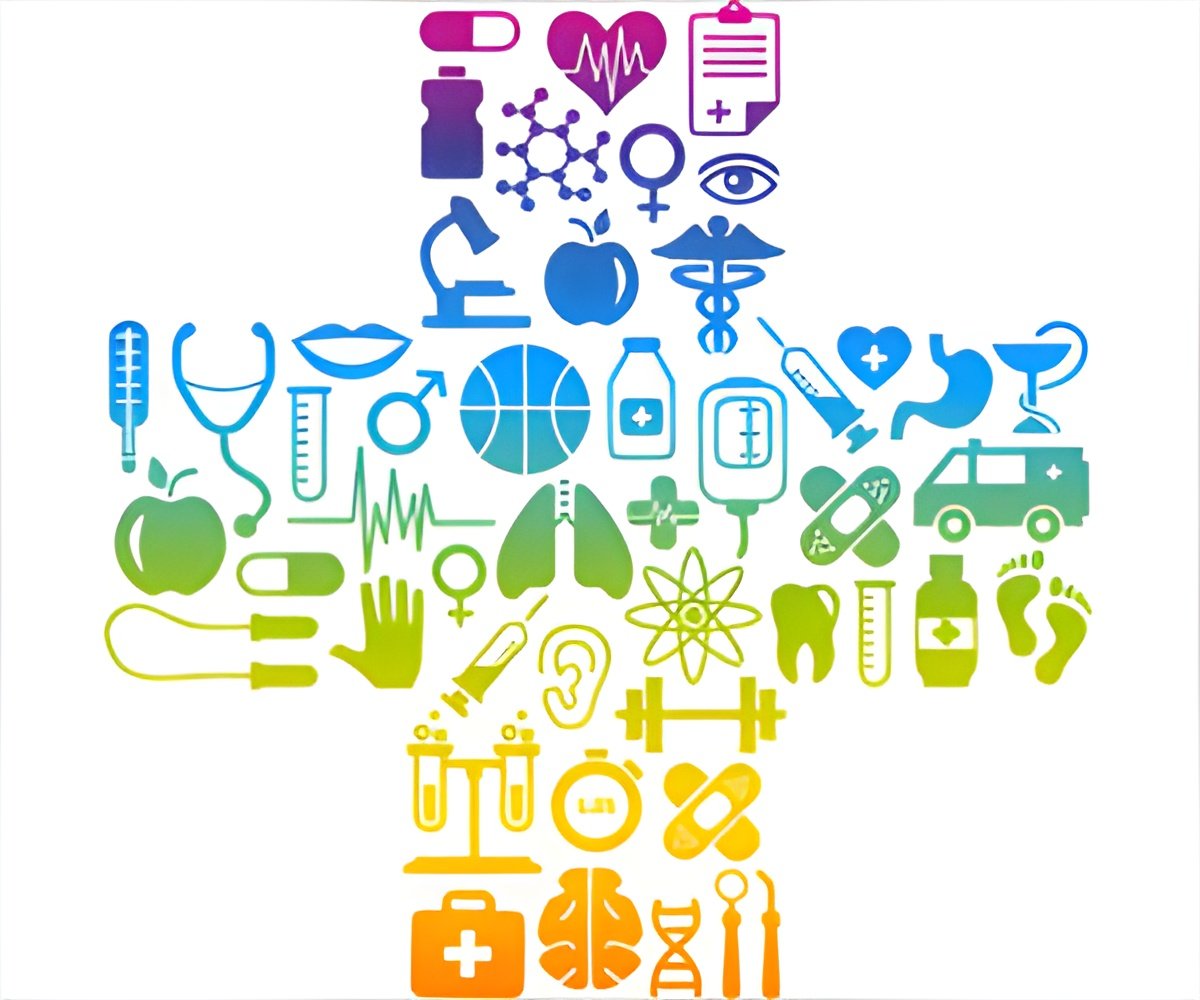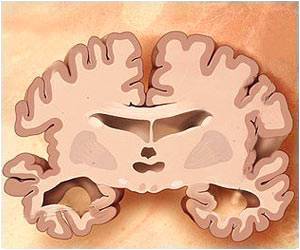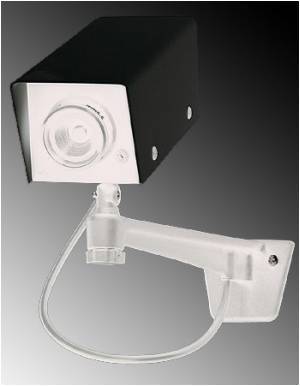
‘Using 3-D printing, researchers from the University of Stuttgart built a three-lens camera, and fit it onto the end of an optical fiber the width of two hairs.’
Tweet it Now
Such technology could be used as minimally-intrusive endoscopes for exploring inside the human body, the engineers reported in the journal Nature Photonics. It could also be deployed in virtually invisible security monitors, or mini-robots with 'autonomous vision'. Due to manufacturing limitations, lenses cannot currently be made small enough for key uses in the medical field, said the team, which believe its 3-D printing method may represent 'a paradigm shift'.
It took only a few hours to design, manufacture and test the tiny eye, which yielded 'high optical performances and tremendous compactness', the researchers reported.
The compound lens is just 100 micrometers (0.1 millimeters or 0.004 inches) wide, and 120 micrometers with its casing. It can focus on images from a distance of 3.0 mm, and relay them over the length of a 1.7-meter (5.6-foot) optical fiber to which it is attached.
The 'imaging system' fits comfortably inside a standard syringe needle, said the team, allowing for delivery into a human organ, or even the brain.
Advertisement
The compound lens can also be printed onto image sensor other than optical fibers, such as those used in digital cameras.
Advertisement










